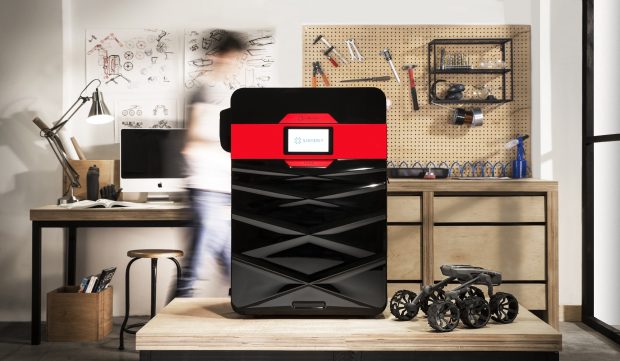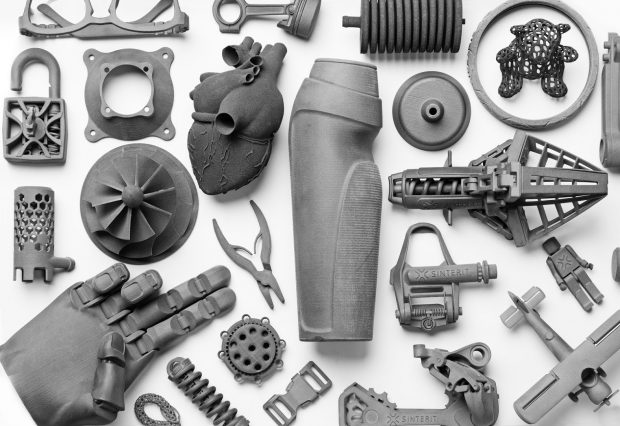Sinterit Launches Desktop SLS 3D Printer
Latest News
May 25, 2018
Sinterit has created a desktop SLS (selective laser sintering) 3D printer. The company introduces Sinterit Lisa 2, the bigger “sister” of Lisa 1.
SLS prints are made for industrial applications. Durable and movable parts, as well as a dimensional accuracy and its mechanical strength make it appropriate for functional testing and detailed objects (min. wall thickness 0.4 [mm] / 0.016 [inch]; min. detail size 0.1 [mm] / 0.004 [inch]).
The desktop SLS machines can reduce per-part cost, thanks to the reusability of powder and that there is no need to waste material on supports, according to the company.
“In 2014, Sinterit was the first company to introduce its desktop-size SLS printer, the most affordable SLS printer of its time. It sparked a completely new desktop SLS segment, where this technology is finally available to the full range of industries and gives unlimited creative possibilities for designers and engineers. For the last 3 years we have used three tones of powder, printed 20,000 prints and now with this experience our SLS expert team is going one step further – we are launching the second, even more powerful machine,” says Konrad Głowacki, co-founder of Sinterit.
Both machines can print parts with SLS characteristics, but Lisa 2 makes it possible to produce larger prints in one piece, up to almost 32 cm / 12.6 [in.]. It also uses powder sintered together by a laser, to achieve high-precision, complex parts without the need for supports.
Thanks to a nitrogen chamber, customers will now be able to experiment with a vast number of materials.
“Customers are happy with our powders, but they are still asking for new ones. That is why we decided to give them an option to experiment. With a nitrogen chamber, we can create a special environment inside the printer and expand the list of potential materials,” says Michał Grzymala-Moszczynski, one of the co-founders responsible for R&D.
With Sinterit’s end-to-end system there’s a short production process. Both Sinterit Sandblaster and Sieve reduce the time and accelerate product development.
“Now with such affordable and simple machines, you can move from other limiting 3D technologies and reach for powerful prints from SLS, simply on your desktop,” says Paweł Szczurek, Sinterit CEO.
The Sinterit Lisa 2 will cost $14,900 and the full end-to-end system, $17,400. The first deliveries are set for September 2018, with pre-orders available on Sinterit’s website. Printing materials include strong and chemical-resistant plastics Nylon PA12 and flexa black, TPU material for rubber-like applications. With Lisa 2, the company is also introducing Flexa Grey with better flexibility, and PA11 with chemical and temperature resistance.
Applications
The combination of SLS technology and plenty of materials give application possibilities for prototyping and functional parts in industries such as automotive, electronics, robotics, plastics and medicine. From PA12 customers 3D print turbines, pipes and electronic housings, while from PA11 it is tool handles and handrails. Other more flexible applications include seals and flexible easel.For more info, visit Sinterit.
Sources: Press materials received from the company.
Subscribe to our FREE magazine, FREE email newsletters or both!
Latest News
About the Author
DE’s editors contribute news and new product announcements to Digital Engineering.
Press releases may be sent to them via [email protected].







 Image courtesy of Sinterit.
Image courtesy of Sinterit. Image courtesy of Sinterit.
Image courtesy of Sinterit.